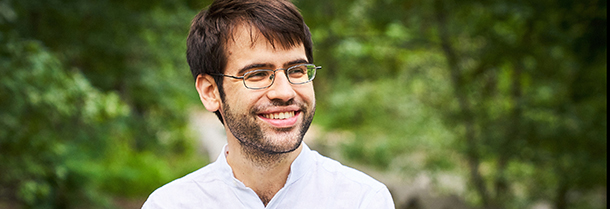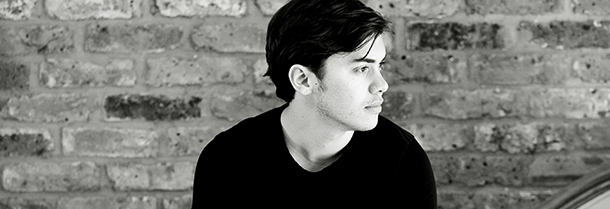Tag: Janacek
-
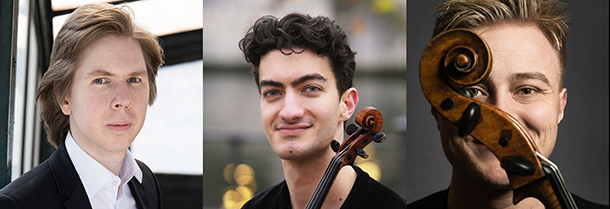
-
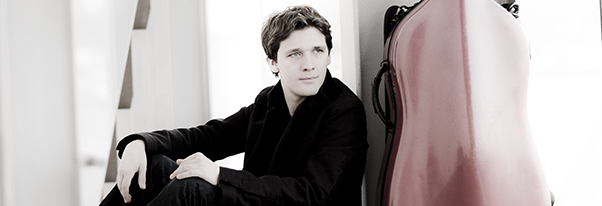
PROGRAM NOTES: MAXIMILIAN HORNUNG & BENJAMIN ENGELI
Robert Schumann Fünf Stücke im Volkston, Op. 102 Long before Martha Stewart made middle-class home furnishings a “thing,” the Biedermeier period (1815-1848) ushered in a bourgeois age of cozy home interiors that celebrated domestic family life and gave music a prominent place within it. Biedermeier Europe enjoyed the blessings of peace after the defeat of…
-
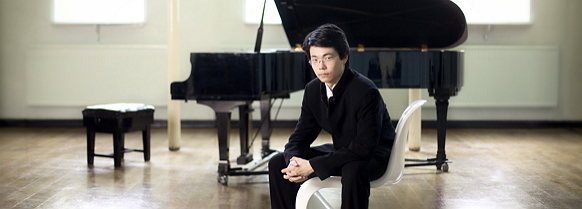
PROGRAM NOTES: KUOK-WAI LIO
Leoš Janáček: In the Mists Janáček’s four-movement piano cycle from 1912 presents us with intimate, personal and emotionally immediate music that stands stylistically on the border between eastern and western Europe. Its sound world is that of the fiddles and cimbalom (hammered dulcimer) of Moravian folk music. Equally folk-like is its use of small melodic…
-
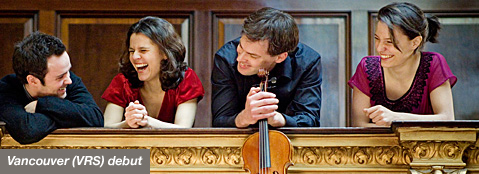
PROGRAM NOTES: ELIAS STRING QUARTET
Wolfgang Amadeus Mozart: String Quartet no. 18 in A major, K. 464 This is the fifth of the six “Haydn” quartets – everyone a masterpiece – that Mozart wrote in the mid-1780s. The identification with Haydn derives from the older composer’s direct influence on his colleague in the matter of string quartet writing. Specific elements…


